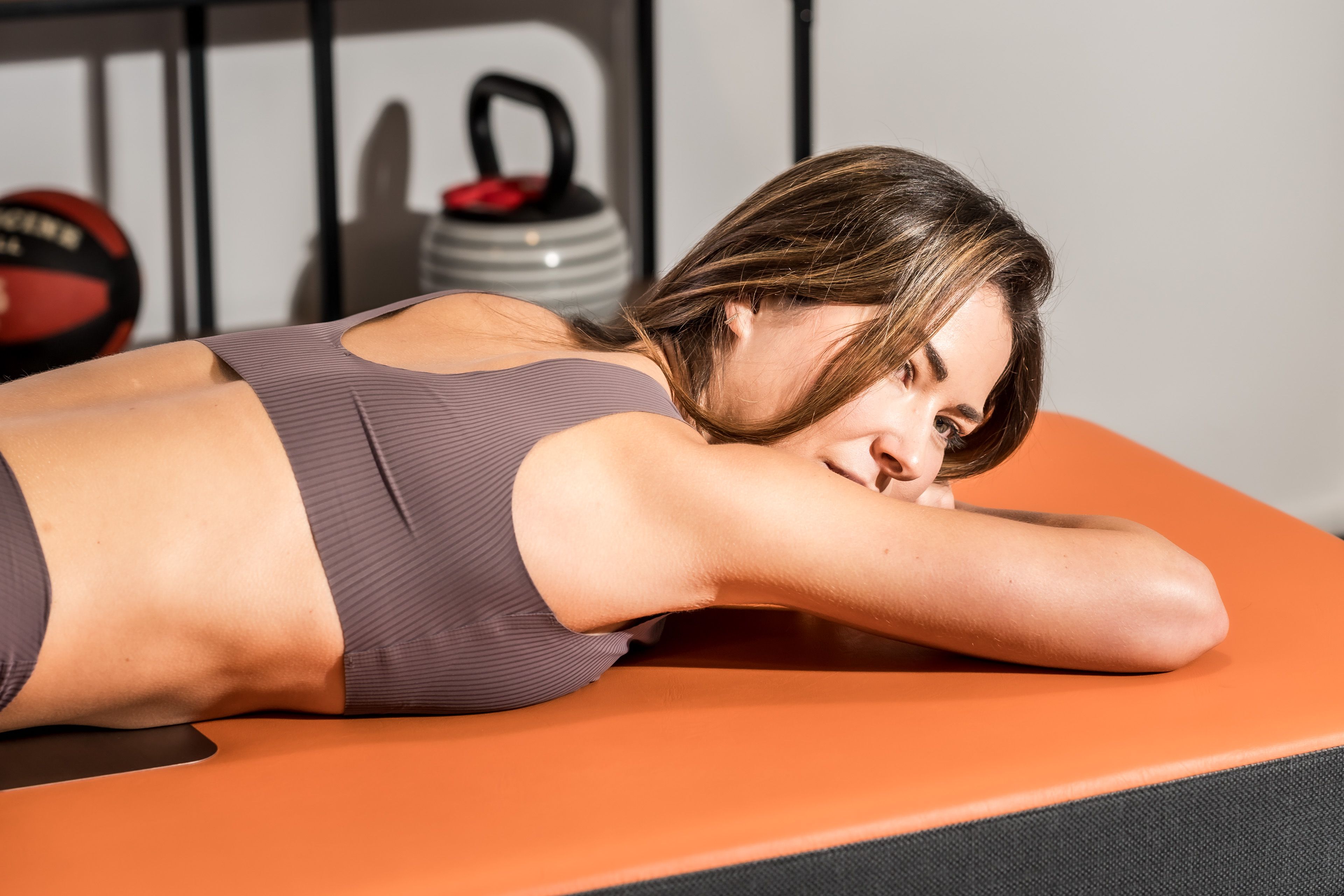Post-operative Rehabilitation of Achilles Tendon Rupture: Optimize Results with BACK3TX
Post-Operative Rehabilitation of Achilles Tendon Rupture: Optimize Results with BACK3TX
Achilles tendon rupture is a common and debilitating injury among athletes, especially those involved in sports that require rapid and explosive movements such as basketball, football, or athletics. According to a 2012 study, the average age of patients with acute Achilles tendon rupture was 39.8 years[1]. This injury exhibits a bimodal age distribution[2], with a first peak between 25 and 40 years and a second peak among individuals over 60 years old.
The first peak is typically caused by high-velocity injuries in sports, while the second peak in older individuals is mainly associated with low-energy injuries such as spontaneous rupture of degenerated Achilles tendon or rupture in the context of chronic tendinopathy.
To recover from this injury, surgical intervention is often necessary, followed by rigorous post-operative rehabilitation.
The Achilles tendon, which corresponds to the terminal tendon of the triceps surae and inserts at the calcaneus, is subjected to significant stress during sports involving jumping, sprinting, and rapid changes in direction. Several predisposing factors exist that can increase the risk of Achilles tendon rupture[3]:
Age
Male gender
Intense physical activity (explosive movements, directional changes)
Poor physical conditioning (lack of strength and flexibility)
Overuse (insufficient rest time)
Anatomical factors (poor angulation, degenerative tendon)
History of injury (partial rupture or tendinopathy)
Use of certain medications (corticosteroids, antibiotics)
Additionally, the age-related decrease in tendon flexibility and vascularization also renders it more vulnerable to this injury.
The benefits of Winback Tecartherapy
When Achilles tendon rupture is diagnosed, surgical intervention is often necessary to restore tendon integrity[4]. The choice of technique depends on the severity of the rupture, surgeon's preferences, and individual patient characteristics. This is where Winback energy comes into play, with its three major effects (biological, analgesic, and diathermic) generated by high-frequency TECAR to promote healing and recovery. Its use in the post-operative rehabilitation of Achilles tendon rupture offers numerous advantages, particularly in reducing pain and inflammation after surgery. High-frequency currents penetrate deep into the tissues, promoting vasodilation, increased blood flow[5], and the release of natural anti-inflammatory substances.
The use of Winback Tecartherapy promotes tissue regeneration by acting on local microcirculation. This stimulates the formation of new blood vessels and collagen, thereby accelerating the healing of the Achilles tendon. Post-operative rehabilitation of Achilles tendon rupture is crucial for athletes to regain their full physical capacity[6]. By integrating Winback into the treatment, physiotherapists can maximize results by reducing pain and inflammation while promoting tendon healing. This technology offers many valuable advantages to help patients regain mobility and confidently resume their sports activities.
Scientific References:
[1] Soroceanu et al. Surgical versus nonsurgical treatment of acute Achilles tendon rupture: a meta-analysis of randomized trials. J Bone Joint Surg Am. 2012;94(23):2136-2143.
[2] Maffulli N et al. Changing incidence of Achilles tendon rupture in Scotland: a 15-year study. Clin J Sport Med. 1999;9(3):157-160.
[3] Albers IS et al. Incidence and prevalence of lower extremity tendinopathy in a Dutch general practice population: a cross sectional study. BMC Musculoskelet Disord. 2016;17:16.
[4] Willits K et al. Operative versus nonoperative treatment of acute Achilles tendon ruptures: a multicenter randomized trial using accelerated functional rehabilitation. J Bone Joint Surg Am. 2010;92(17):2767-2775.
[5] Bito et al., 2019. “Acute effects of capacitive and resistive electric transfer (CRet) on the Achilles tendon.”
[6] Keating JF, Will EM. Operative versus nonoperative treatment of acute rupture of tendo Achillis: a prospective randomized evaluation of functional outcome. J Bone Joint Surg Am. 2011;93(12):1073-1078.


